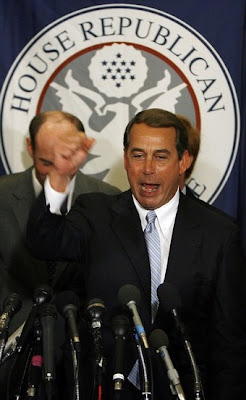Cincinnati is a river town. We developed as a major city because of the Ohio River. Multiple satellite cities developed as a result of the several Ohio River tributaries (Little Miami, Great Miami, Licking). These cities have become an integral part of our region and have greatly influenced the population distribution we see today.
Steamboats once darted all over the mighty Ohio River taking people to/from nearby cities and within our own to special destinations like Coney Island. Aside from the historic Anderson Ferry operation there is nothing left to speak of in terms of human transportation along our rivers.
Why not once again tap one of the biggest natural resources our community has as a means for transporting people?
Cincinnati could set up a Central Riverfront water taxi loop that would make stops at Cincinnati’s Central Riverfront Park, Newport on the Levee, and Covington Landing. This 1.65 mile loop could operate daily with one 12 passenger boat running the loop (15min). On the weekends, and for sporting events, a second 12 passenger boat could be deployed to handle greater demand for a route geared towards tourists and special event patrons. The water taxi loop’s reach would be extended with Cincinnati’s proposed streetcar system – making a car-free trip both easy and possible from downtown Covington and Newport all the way to the University of Cincinnati.
Linear routes could then be set up to run to the Central Riverfront Park terminal from the current Anderson Ferry terminal (6.88miles, 28min) to the west and new stops in Columbia Tusculum (4.66miles, 21min) and Coney Island to the east. The Anderson Ferry and Columbia Tusculum docking points would operate daily for commuter traffic, with the additional eastern leg to Coney Island operating on weekends and during special events at Riverbend and Riverdowns – similar to the function of the old “Island Queen” that operated between Coney Island and Downtown Cincinnati.
The water taxis used for the linear routes would hold 27 passengers seated and up to 6 additional standing passengers. Peak operating hours would be during daily commute periods for the Anderson Ferry and Columbia Tusculum terminals with 1 boat operating on each respective leg making for new departures every 40min to 1hr.
Too often we seem to forget how our city and region once functioned when it operated out of a manner of necessity. Riverdowns is feeling the pinch and Coney Island isn’t what it once was prior to the opening of Kings Island. Riverbend has opened a new pavilion and continues to draw big names, but additional service to the concert venue probably wouldn’t hurt.
UPDATE: Covington City Manager, Project Executive for The Banks, and several other riverfront business leaders are working together on collaborative efforts including water taxis – Enquirer 2/16/09.




